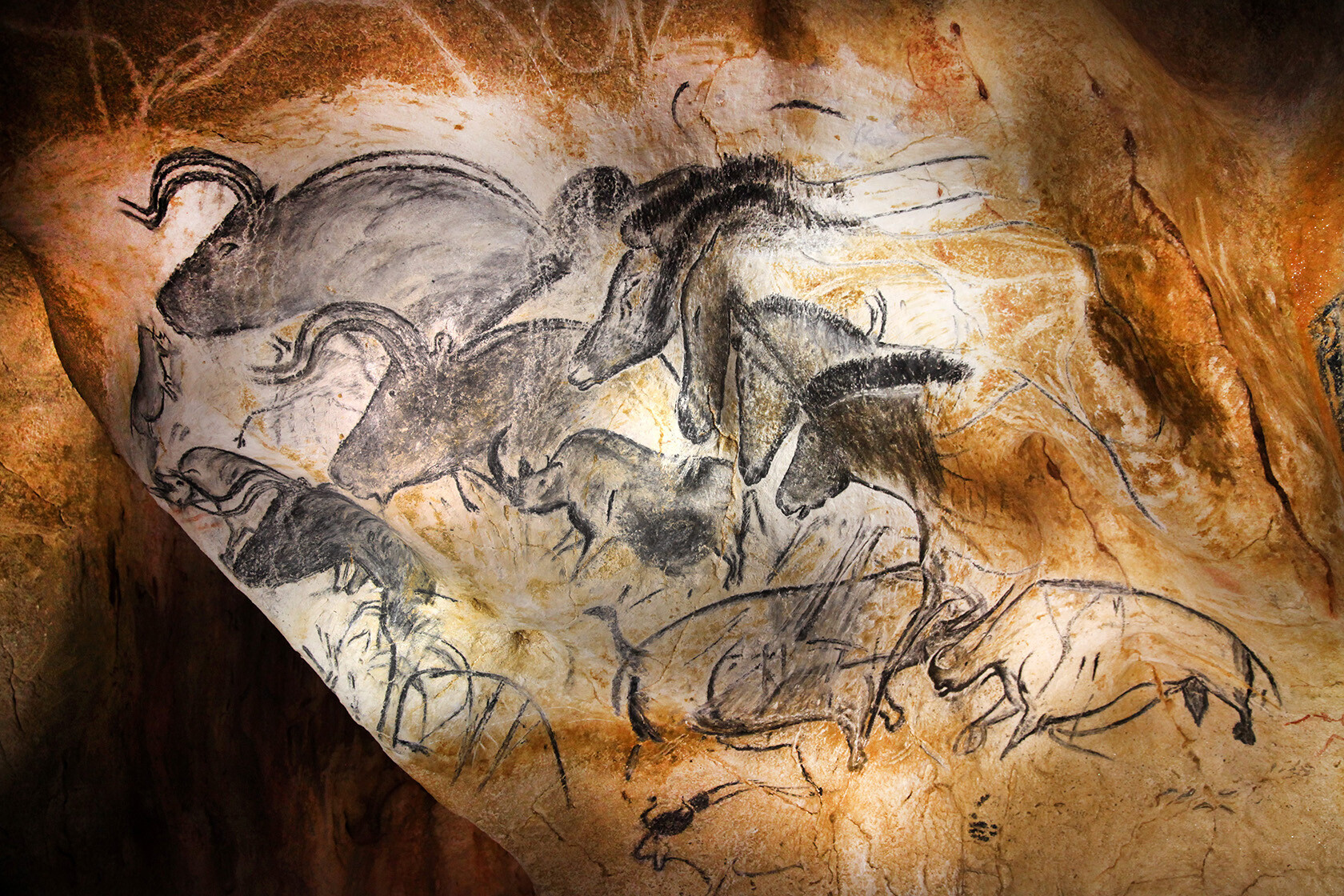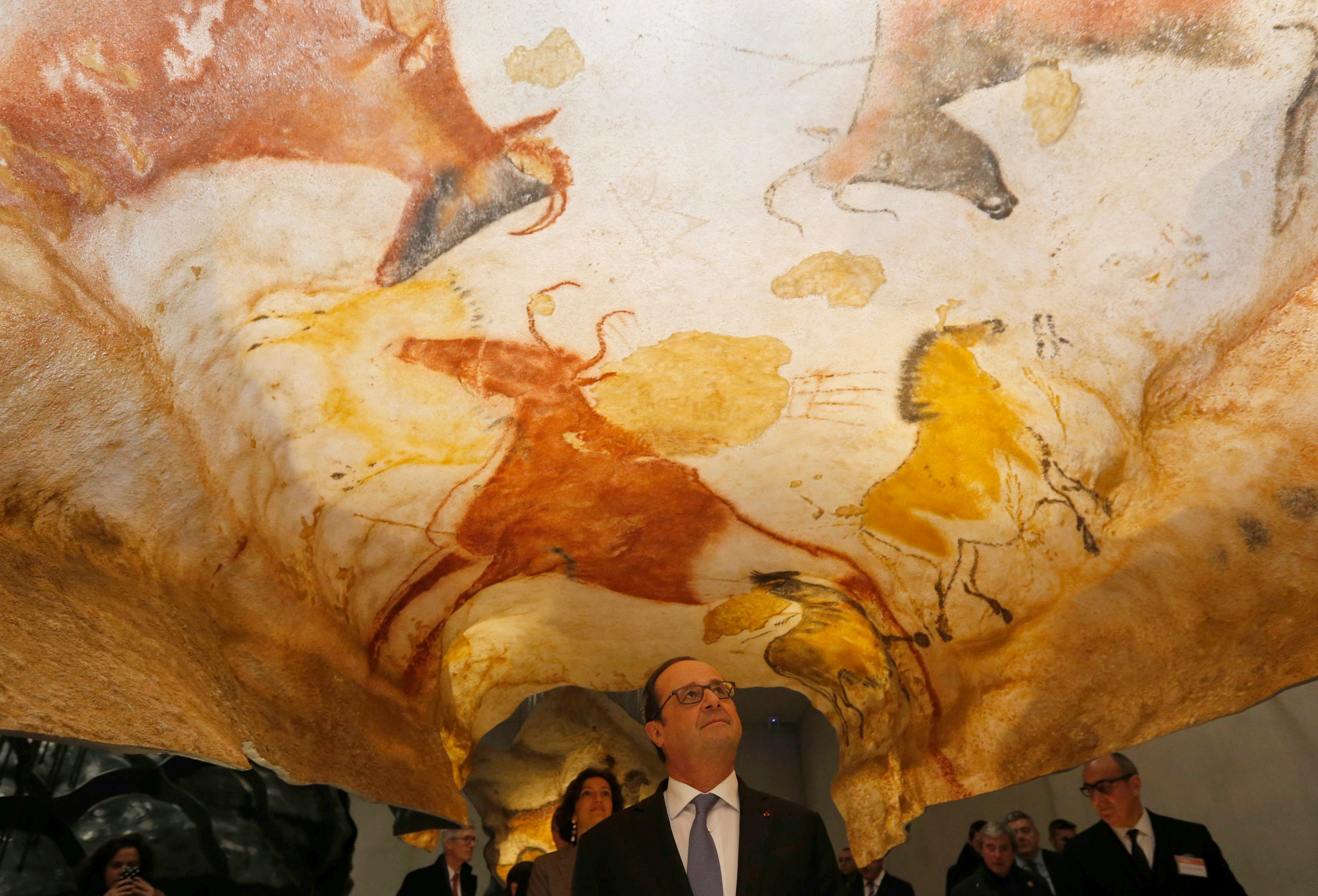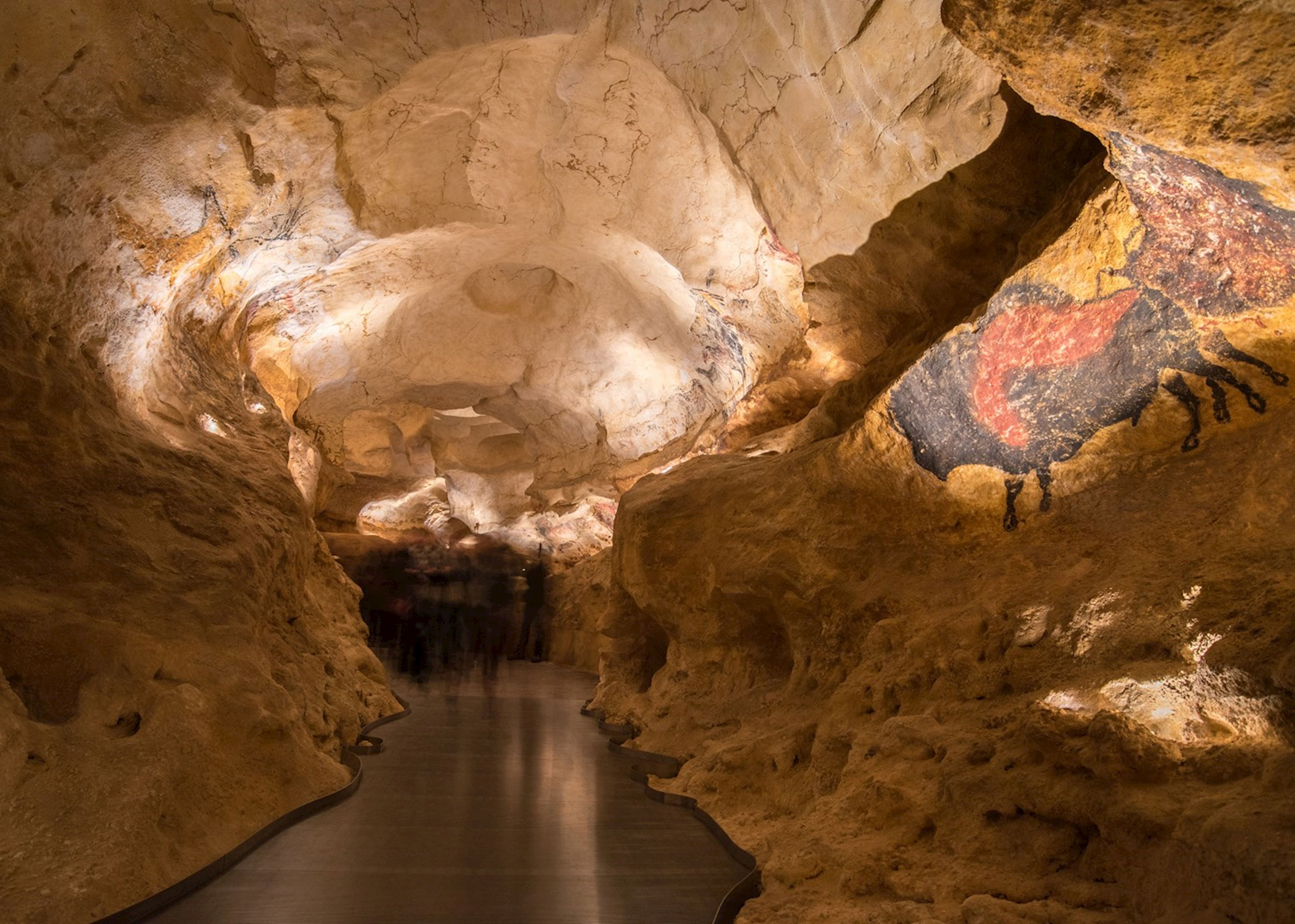Best News | This years Best News Treats and Viral Events
Explore The Enchanting Grotte Chauvet: A Prehistoric Masterpiece
Explore The Enchanting Grotte Chauvet: A Prehistoric Masterpiece That Offers a Window into Our Ancestral Past
Editor's Notes: Explore The Enchanting Grotte Chauvet: A Prehistoric Masterpiece has published today date. As a leading source, we constantly keep our readers updated with information that we think is important. Explore The Enchanting Grotte Chauvet: A Prehistoric Masterpiece is one of the most significant archaeological discoveries of our time, offering a rare glimpse into the creative minds of our ancestors.
After analyzing and evaluating countless resources, we’ve created this guide to help you better understand this fascinating topic. Dive into the world of prehistoric art and uncover the secrets of Grotte Chauvet, a true masterpiece that continues to inspire awe and wonder.
Key Differences
| Grotte Chauvet | Other Prehistoric Caves |
|---|---|
| Discovered in 1994 | Discovered earlier (e.g., Lascaux, Altamira) |
| Features remarkably preserved cave paintings | Paintings may be faded or damaged over time |
| Restricted access to protect the fragile artwork | Often open to the public, with limited access |
| Exceptional quality and diversity of animal depictions | May have a narrower range of subjects or artistic styles |
FAQ
The Grotte Chauvet, a remarkable complex of decorated caves, is a true testament to the artistic achievements of our prehistoric ancestors. Here are some frequently asked questions to enhance your understanding of this fascinating site:

Grotte Chauvet a Chance to See the Prehistoric Art by Torchlight - Source perfectlyprovence.co
Question 1: When was the Grotte Chauvet discovered?
The cave was first discovered on December 18, 1994, by three spelunkers: Jean-Marie Chauvet, Éliette Brunel Deschamps, and Christian Hillaire.
Question 2: Where is the Grotte Chauvet located?
It is situated in the Ardèche region of southern France, near the village of Vallon-Pont-d'Arc.
Question 3: What makes the Grotte Chauvet unique?
This cave contains an exceptional collection of prehistoric art, including paintings, engravings, and sculptures, dating back over 36,000 years.
Question 4: Is the Grotte Chauvet open to the public?
Yes, a replica of the cave, known as the Caverne du Pont-d'Arc, has been constructed and is accessible to the public.
Question 5: What is the significance of the art in the Grotte Chauvet?
These artistic creations provide valuable insights into the cognitive and symbolic world of our ancestors, and they reveal the sophisticated artistic abilities they possessed.
Question 6: How has the Grotte Chauvet been preserved?
To protect the delicate artworks, access to the original cave is strictly restricted. The replica provides an immersive experience while ensuring the preservation of this irreplaceable heritage.
The Grotte Chauvet offers a glimpse into the artistic genius of our ancestors and provides a unique opportunity to appreciate the creativity and ingenuity of prehistoric societies.
Explore The Enchanting Grotte Chauvet: A Prehistoric Masterpiece
Tips
Unveil the secrets of Crottle Chauvet with these valuable tips. Ensure a memorable and educational experience as you delve into this prehistoric wonderland.
Tip 1: Advance Booking Essential
Limited spaces and high demand dictate the necessity of early booking. Secure your spot months ahead to avoid disappointment, especially during peak season.
Tip 2: Guided Tours Mandatory
Protect the cave's delicate environment. Join a guided tour, the only way to access the site. Interpreters will engage you with illuminating insights and anecdotes.
Tip 3: Prepare for Cool Temperatures
The cave resides at a chilly 13 degrees Celsius (55 degrees Fahrenheit). Wear warm layers to fully enjoy your exploration.
Tip 4: Photography Prohibited
Preserving the artwork is paramount. Refrain from taking photographs to prevent damage to the delicate pigments and to respect the cave's ambiance.
Tip 5: Respect the Site
Handle the cave's artifacts and structures with care. Touching or leaning on the cave walls or artwork could inadvertently cause damage.
Tip 6: Leave No Trace
Respect the cave's pristine condition. Refrain from bringing food or beverages into the site, and dispose of any waste properly.
Follow these tips to maximize your Grotte Chauvet experience and preserve this remarkable prehistoric treasure for future generations.
Explore The Enchanting Grotte Chauvet: A Prehistoric Masterpiece
The Grotte Chauvet, a cave in southern France, offers a glimpse into the artistic brilliance of our ancestors. This prehistoric masterpiece contains breathtaking cave paintings and engravings, revealing the extraordinary skills and imaginations of our predecessors.
- Artistic Triumph: The paintings and engravings in the Grotte Chauvet exhibit remarkable artistic skill, showcasing the mastery of prehistoric artists.
- Animal Depictions: The artwork primarily features animals, such as horses, mammoths, and lions, capturing the fauna of the region during that era.
- Preservation: The pristine condition of the artwork is a testament to the exceptional preservation efforts, allowing us to appreciate its beauty centuries later.
- Chronological Significance: The paintings and engravings provide valuable insights into the chronology of human creativity and cultural development.
- UNESCO Heritage: The Grotte Chauvet has been recognized as a UNESCO World Heritage Site, underscoring its global significance and cultural importance.
- Restricted Access: To protect the fragile artwork, access to the Grotte Chauvet is strictly controlled, ensuring its preservation for future generations.
The Grotte Chauvet serves as a testament to the creativity and artistry of our ancestors, connecting us to our prehistoric past. The exceptional preservation of its artwork allows us to marvel at the artistic brilliance and cultural insights of our predecessors, making it a priceless treasure for humankind.

France Unveils Stunning Replica of Lascaux Cave Paintings | artnet News - Source news.artnet.com
Explore The Enchanting Grotte Chauvet: A Prehistoric Masterpiece
The Grotte Chauvet is a prehistoric cave in France that contains some of the most well-preserved cave paintings in the world. Dated to around 30,000 years ago, these paintings offer a glimpse into the lives and minds of our ancestors. The cave was discovered in 1994 by Jean-Marie Chauvet, Eliette Brunel-Deschamps, and Christian Hillaire, and has since become a UNESCO World Heritage Site.

Exploring the Ancient Wonders of Lascaux Caves, France – Best Spents - Source www.bestspents.com
The paintings in the Grotte Chauvet are remarkable for their beauty, complexity, and variety. They depict animals such as horses, lions, mammoths, and rhinoceroses, as well as human figures and abstract symbols. The paintings are believed to have been created by Cro-Magnon people, who inhabited the cave during the Upper Paleolithic period.
The Grotte Chauvet is a valuable archaeological site that provides important insights into the art and culture of our ancestors. The paintings are a testament to the creativity and skill of the Cro-Magnon people, and they offer a unique glimpse into the world they inhabited.
| Connection | Importance | Example | Practical Significance |
|---|---|---|---|
| Historical Significance | Provides evidence of early human creativity, artistic expression, and cultural practices. | The cave paintings depict scenes of hunting, animals, and human rituals, offering insights into their way of life. | Contributes to our understanding of human evolution and behavior. |
| Artistic Excellence | Demonstrates the advanced artistic skills and techniques of prehistoric humans. | The paintings display a sophisticated use of perspective, movement, and color, surprising in their realism. | Appreciation for the artistic abilities of our ancestors inspires contemporary art and design. |
| Scientific Research | Offers valuable data for archaeological and anthropological studies. | Analysis of the paintings provides insights into animal species, hunting practices, and social organization. | Provides a deeper understanding of the environment and lifestyle of prehistoric humans. |
| Cultural Heritage | Preserves an important part of human history and cultural遗产. | The Grotte Chauvet is recognized as a UNESCO World Heritage Site, ensuring its protection and accessibility. | Promotes cultural appreciation, fostering a connection to our ancestors and their artistic legacy. |